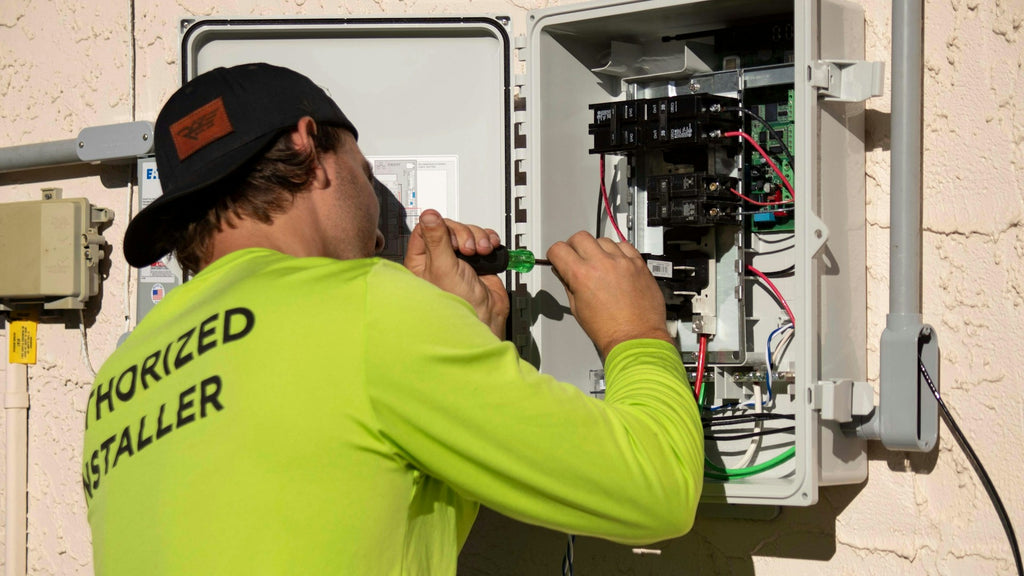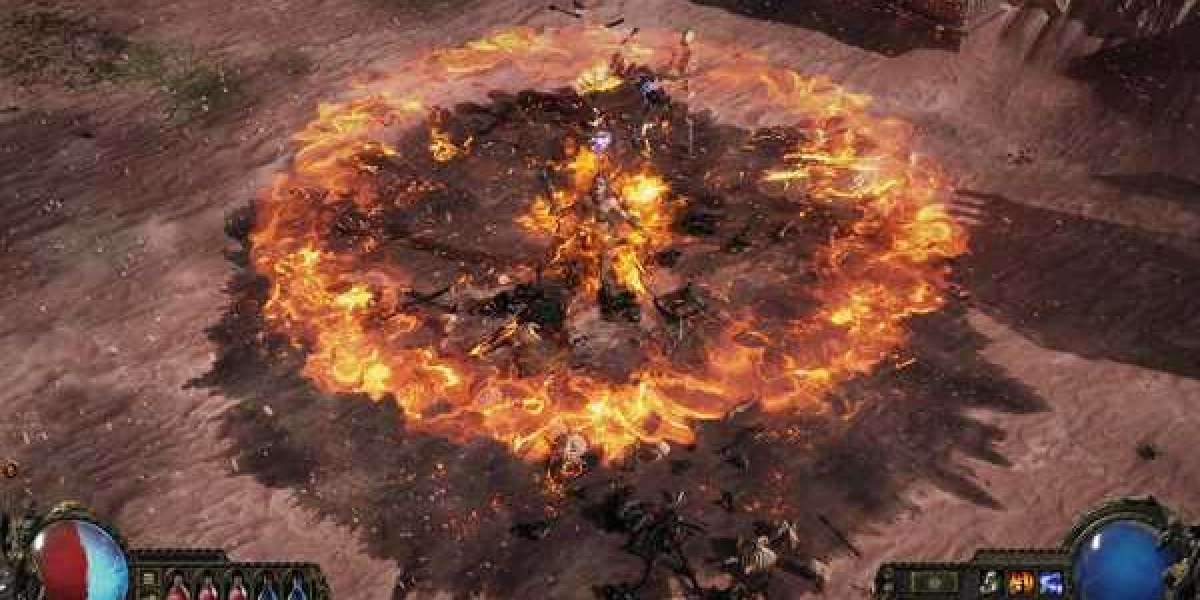Solar inverters play a crucial role in converting the direct current (DC) generated by solar panels into alternating current (AC) for home use. However, like any technology, they can encounter issues. Understanding the 8 standard solar inverter snags and their practical resolutions can help you maintain your solar energy system effectively.

1. Overheating
One of the most common problems with solar inverters is overheating. This can occur due to poor ventilation or excessive ambient temperatures. If your inverter is overheating, it may shut down to protect itself. To resolve this, ensure that the inverter is installed in a shaded, well-ventilated area. Regularly check for dust accumulation and clean the unit as needed.
2. Communication Errors
Communication errors between the inverter and monitoring systems can lead to inaccurate performance data. This issue may arise from faulty wiring or software glitches. If you encounter this snag, check the wiring connections and ensure that the firmware is up to date. Rebooting the system can also help restore communication.
3. Low Power Output
Experiencing low power output from your solar inverter can be frustrating. This issue may stem from shading on the solar panels, dirt accumulation, or even inverter malfunction. To address this, inspect your solar panels for any obstructions and clean them regularly. If the problem persists, consult a professional to evaluate the inverter's performance.
4. Ground Faults
Ground faults can occur when there is an unintended path between the electrical system and the ground. This can lead to safety hazards and inverter shutdowns. To resolve ground faults, inspect the wiring for damage and ensure that all connections are secure. If necessary, engage a qualified technician to conduct a thorough inspection.
5. Inverter Shutdown
Inverters may shut down due to various reasons, including grid issues or internal faults. If your inverter shuts down unexpectedly, check for grid outages or fluctuations. Restarting the inverter may resolve the issue, but persistent shutdowns should be investigated by a professional.
6. Inverter Error Codes
Most modern inverters display error codes to indicate specific issues. Understanding these codes is essential for troubleshooting. Refer to the inverter's manual for a list of error codes and their meanings. If you encounter an unfamiliar code, consult the manufacturer or a qualified technician for assistance.
7. Inconsistent Performance
Inconsistent performance can be attributed to various factors, including environmental conditions and equipment wear. Regular maintenance is key to ensuring optimal performance. Schedule periodic inspections and cleanings to keep your system running smoothly.
8. Aging Equipment
As with any technology, solar inverters have a lifespan. Aging equipment may exhibit reduced efficiency or frequent issues. If your inverter is nearing the end of its life, consider upgrading to a newer model that offers improved performance and features.
For a comprehensive guide on troubleshooting solar inverters, visit this link.
By understanding the 8 standard solar inverter snags and their practical resolutions, you can ensure that your solar energy system operates efficiently and effectively. Regular maintenance and prompt attention to issues will help you maximize the benefits of your solar investment.








